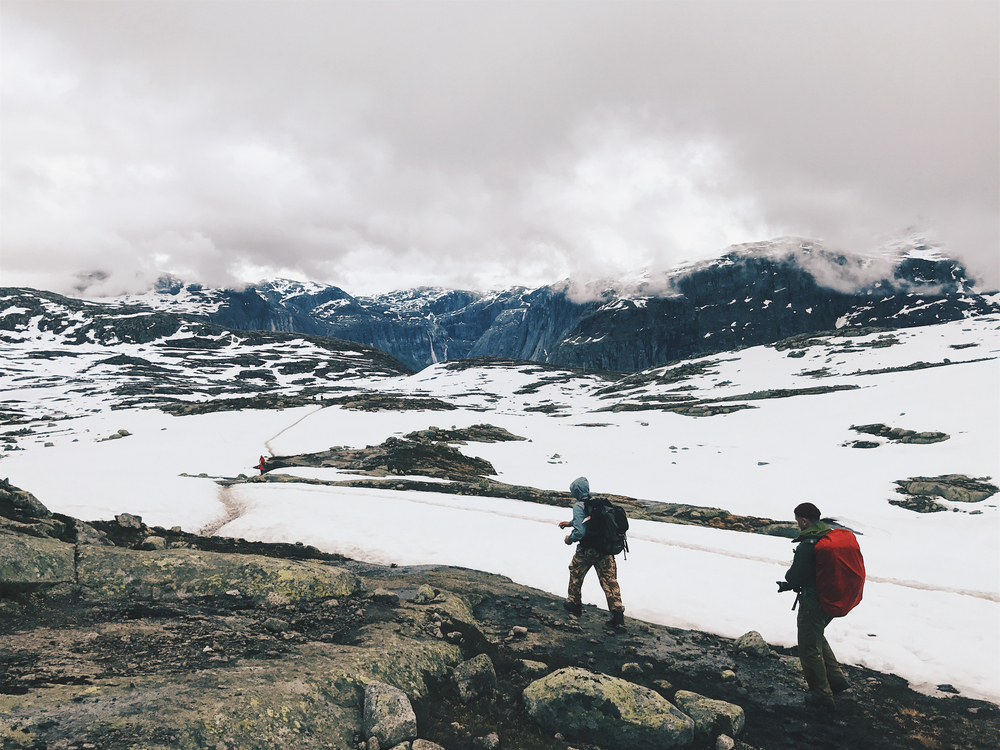Nepal’s Himalayan trails have a way of drawing people from all over the world. Some come for the challenge, some for the culture, and some simply to stand among the world’s highest peaks. Two routes in particular remain legendary: the Everest Base Camp Trek and the Annapurna Base Camp Trek. While both journeys lead to the foot of towering Himalayan giants, each trail tells its own story, shaped by its landscapes, people, and rhythm of adventure.
If you’re planning your first Himalayan journey or comparing the regions before choosing a route, understanding what makes these treks unique can help you prepare for a meaningful experience.

The Everest Base Camp Trek: A Walk Through Sherpa Heartlands
The Everest Base Camp Trek is known globally for its dramatic scenery and high-altitude challenge, but its real soul lies in the Sherpa valleys that lead toward Mount Everest. The journey begins in the mountain airstrip town of Lukla and winds through ancient villages like Namche Bazaar, Tengboche, and Dingboche. Along the way, trekkers encounter monasteries, prayer wheels, and a rhythm of life shaped by centuries of Buddhist tradition.
The trail gradually rises above the tree line and enters a world of glaciers, rocky terrain, and sweeping views of peaks such as Ama Dablam, Lhotse, Nuptse, and finally Everest itself. The walk to Kala Patthar, often considered the best vantage point for sunrise views of Everest, remains one of the most memorable moments for many trekkers.
What makes this trek distinct is its sense of human connection. Tea houses, yak caravans, passing climbers, and shared stories on the trail create a unique atmosphere that blends adventure with cultural depth.
The Annapurna Base Camp Trek: A Journey Through Diverse Landscapes
The Annapurna Base Camp Trek offers a different kind of Himalayan experience. Instead of the dry, glacier-dominated terrain of the Everest region, the Annapurna trail moves through lush forests, terraced farmlands, and traditional Gurung and Magar villages. It is one of the few major Himalayan routes where you can start the day walking through rhododendron forests and end the day surrounded by towering snow peaks.
As the trail rises toward the Annapurna Sanctuary, the terrain becomes more dramatic, narrowing into a glacial bowl ringed by giants such as Annapurna I, Machhapuchhre, and Hiunchuli. Standing at the base camp, you are surrounded on all sides by an amphitheatre of mountains that catch the early morning light in a way that feels almost otherworldly.
The Annapurna region is also known for its hospitality and accessibility. Daily elevation gain is generally gentler than the Everest trail, making it a popular choice for trekkers seeking a mix of challenge and comfort.
Choosing Between the Two: What Kind of Experience Do You Want?
Both treks offer something remarkable, but the experience differs in meaningful ways.
Elevation and Difficulty
Everest Base Camp involves higher altitudes, with several days spent above 4,000 metres. Annapurna Base Camp reaches a lower maximum altitude, which many find more manageable.
Scenery
Everest is dominated by rugged landscapes, glaciers, and dramatic vertical peaks. Annapurna offers more variety: dense forests, waterfalls, alpine meadows, and the final high-altitude basin.
Culture
Everest gives you a deep look into Sherpa Buddhist communities, while Annapurna highlights Gurung and Magar traditions. Both regions have a strong sense of identity.
Season and Weather
Both treks follow the same ideal windows: spring and autumn. Annapurna can be more flexible due to its lower elevation, though the Sanctuary is colder at night.
The Power of Walking Among the World’s Highest Peaks
Whether you head toward Everest or Annapurna, trekking in Nepal is more than a physical journey. It becomes a chance to slow down, adapt to the mountains, and connect with landscapes and cultures that feel timeless.
For more information about Himalayan treks and planning your journey, you can explore:

